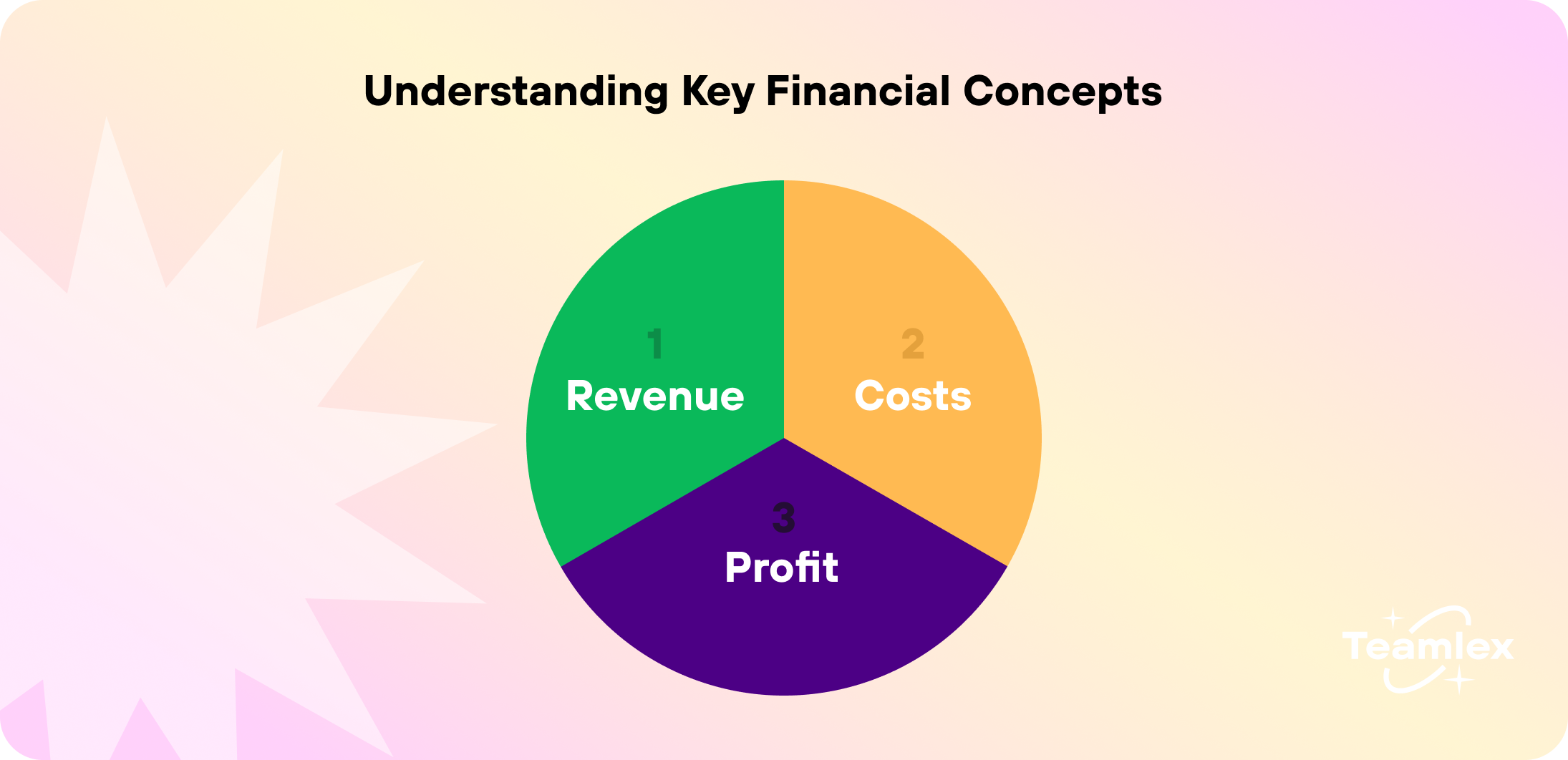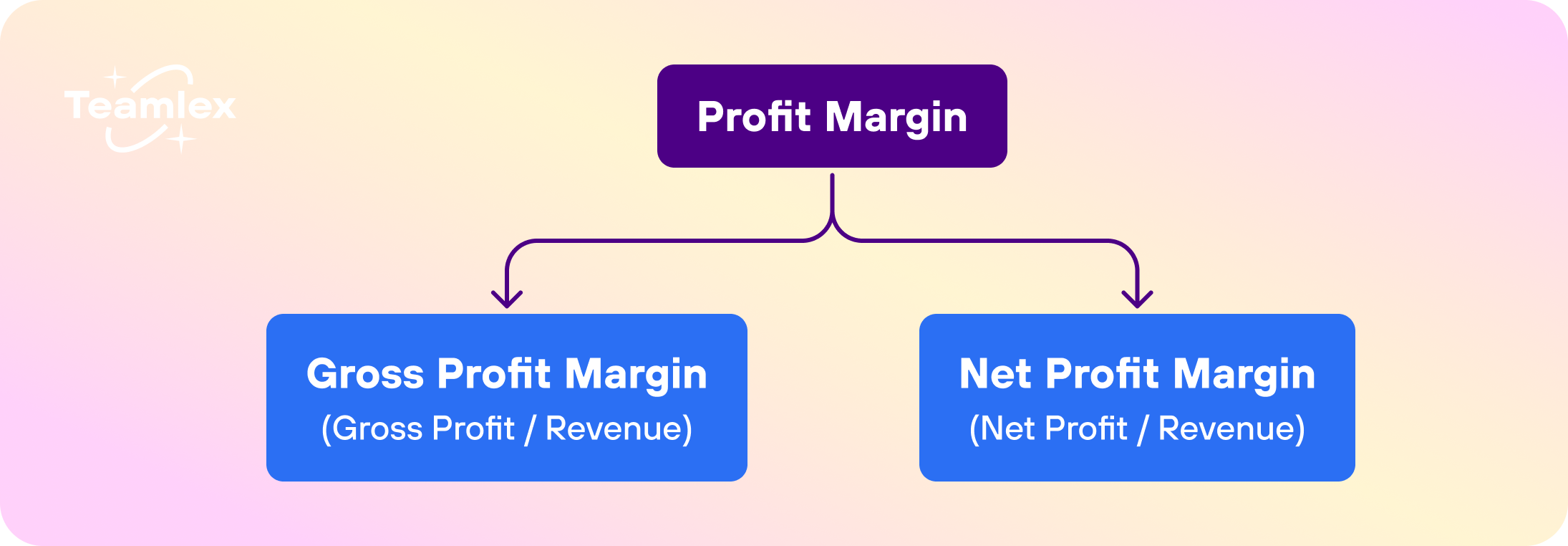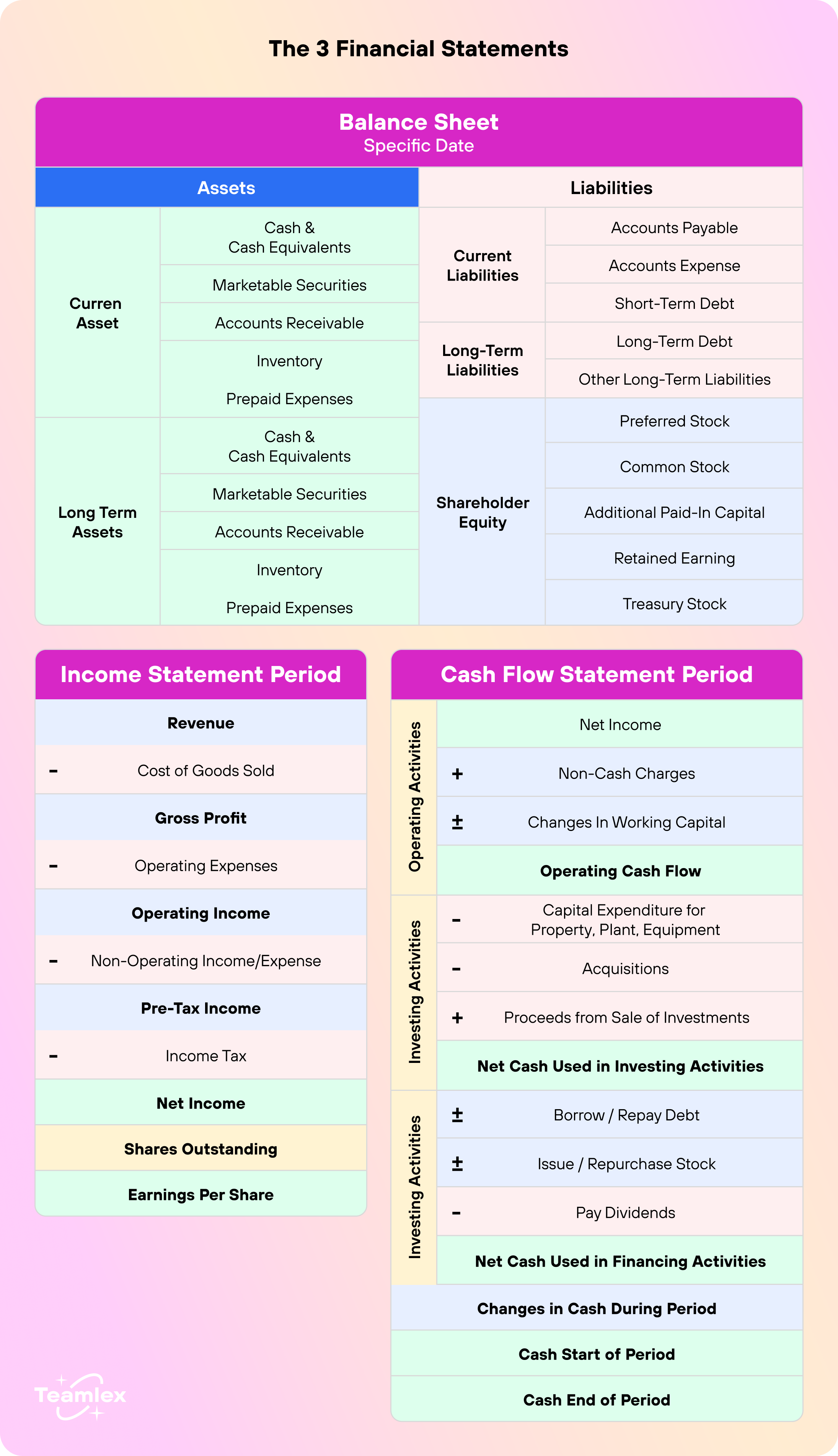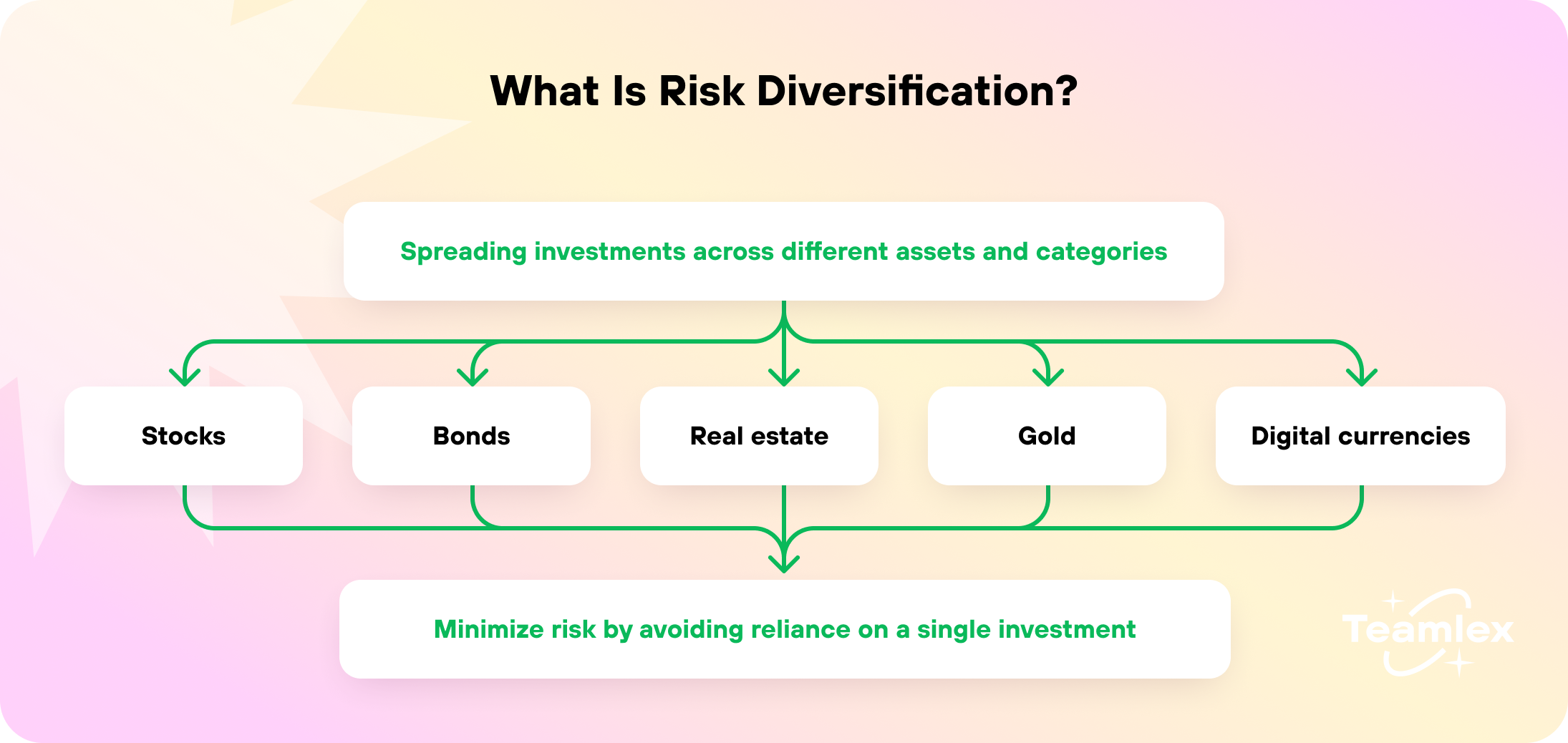Financial literacy isn’t just for those in accounting or finance. Understanding basic financial concepts can empower you to make smarter decisions, better support your organization’s goals, and even manage your personal finances with more confidence. Whether you’re in marketing, operations, or any non-financial field, a grasp of these basics can bridge knowledge gaps and increase your value in any role.
Let’s dive into some of the most crucial financial concepts you’ll want to know.
Understanding financial literacy: Why it matters for everyone
Financial literacy isn’t about mastering complex accounting jargon. It’s about knowing enough to make informed decisions, interpret financial reports, and grasp how business decisions impact the bottom line. Whether you’re negotiating budgets, reviewing investments, or simply trying to enhance your personal finances, a basic understanding of financial principles will set you up for success.
Benefits of financial literacy in your career:
- Better budgeting and resource allocation - Improved financial understanding helps you use resources more efficiently, ultimately contributing to company profitability.
- Informed decision-making - Financial knowledge allows you to evaluate options with a clearer understanding of costs, risks, and rewards.
- Enhanced communication - Knowing financial terminology makes it easier to discuss strategies with finance teams and management.
Key financial concepts every non-finance professional should know

1. Revenue, costs, and profit
At the core of financial literacy are three basic terms: revenue, costs, and profit. They form the foundation of any business’s financial health.
- Revenue: The total income generated by a business from its sales of goods or services.
- Costs: The expenses incurred to run the business, which can be fixed (rent, salaries) or variable (materials, shipping).
- Profit: What remains after subtracting costs from revenue. Positive profit means the business is making money, while a loss indicates expenses exceed revenue.
Understanding these basic terms helps you see how everyday decisions contribute to or detract from company profits.
2. Gross margin and net margin
Margins tell you how much of each dollar earned turns into profit. They’re critical in assessing business efficiency and financial health.

- Gross Margin: Revenue minus the cost of goods sold (COGS), divided by revenue. It shows how efficiently a company makes a profit on its products.
- Net Margin: Net profit divided by revenue. It provides a full picture of profitability, factoring in all expenses, taxes, and interest.
Grasping margins helps you evaluate the cost-effectiveness of operations and understand how much of each sale is truly profitable.
3. Cash flow
Cash flow is the lifeblood of any business. It measures how money moves in and out of an organization, reflecting its ability to meet expenses, invest in growth, and avoid financial troubles.
- Positive cash flow: Indicates a business has more money coming in than going out, a sign of good health.
- Negative cash flow: Occurs when expenses exceed income, signaling potential problems if sustained over time.
Cash flow differs from profit and highlights a company’s financial flexibility, which is critical in planning and budgeting.
{{resource}}
4. Balance sheets, income statements, and cash flow statements
Financial statements are like the x-rays of a business. They provide insights into an organization’s financial health and performance over time. Here’s a quick breakdown of the three main financial statements:

- Balance Sheet: Shows a company’s assets, liabilities, and equity at a specific point in time. It answers what the company owns, owes, and its net worth.
- Income Statement: Often called a profit and loss statement, this report reveals revenue, expenses, and profit over a specific period.
- Cash Flow Statement: Reflects how cash flows through the business, highlighting operating, investing, and financing activities.
Understanding these statements allows you to see where a company stands financially and its prospects.
5. Budgeting basics
Budgeting is essential for allocating resources, planning for growth, and avoiding financial pitfalls. A well-planned budget helps guide spending and ensures funds are available for critical areas.
- Fixed costs: Expenses that don’t change, like rent or salaries.
- Variable costs: Expenses that fluctuate, like utilities or material costs.
- Discretionary spending: Non-essential costs that can be adjusted, such as travel or office perks.
Knowing how to budget helps in strategic planning and provides a roadmap for reaching financial goals.
{{cta}}
6. Break-even point
The break-even point is where total revenue equals total costs, meaning there’s no profit or loss. It’s a valuable metric to understand when a project or business becomes profitable.
- Formula: Fixed costs ÷ (Selling price per unit - Variable cost per unit)
- Application: Helps in pricing, cost control, and sales planning by showing how much needs to be sold to cover costs.
This calculation enables you to assess the viability of new projects and understand the sales needed to reach profitability.
7. Return on investment (ROI)
ROI measures the profitability of an investment, comparing its gains to its cost. It’s a simple way to evaluate the effectiveness of spending or resource allocation.
- Formula: (Net profit ÷ Cost of investment) × 100
- Application: Used to evaluate everything from marketing campaigns to equipment purchases, it shows how well an investment is performing.
Knowing how to calculate and interpret ROI can make your business case stronger, especially when seeking approval for new initiatives.
8. Depreciation and amortization
These are methods used to allocate the cost of an asset over its useful life, giving a more accurate picture of expenses.
- Depreciation: Typically used for physical assets like machinery, buildings, or vehicles.
- Amortization: Generally used for intangible assets like patents, trademarks, or intellectual property.
Understanding these concepts helps in assessing long-term investments and their impact on financial statements.
9. Equity, debt, and leverage
Equity and debt represent two ways a business can fund its operations. Leverage is the use of debt to increase potential returns.
- Equity: Ownership stake in the company, usually from shareholders.
- Debt: Money borrowed from external sources, like banks or investors, which must be repaid.
- Leverage: Using debt to finance growth, potentially increasing returns if managed well.
Understanding these terms will help you appreciate funding strategies and their impact on the organization’s risk and return.
10. Risk management and diversification
Risk is inherent in any business, but understanding how to manage it can protect your financial health.

- Risk Management: Identifying and minimizing risks to avoid financial loss.
- Diversification: Spreading investments across different assets or projects to reduce overall risk.
Both strategies play an essential role in financial planning, balancing the potential for growth with the need to safeguard assets.
Practical steps to improve your financial literacy
- Take online courses: Numerous platforms offer courses on financial basics tailored to non-finance professionals.
- Read financial reports: Familiarizing yourself with your company’s financials can give you real-world insights.
- Attend company finance meetings: Observing how financial discussions happen can deepen your understanding.
- Use budgeting tools: Personal budgeting apps can improve your financial skills, which translate well into the workplace.
By adopting these practices, you’ll develop greater confidence in your financial knowledge and contribute more effectively to financial discussions and decisions in your organization.
Mastering financial literacy is a valuable skill that goes beyond job titles or departments. By understanding these key concepts, non-finance professionals can make more informed decisions, communicate better with finance teams, and contribute to their company’s success. Embrace these financial basics to enrich your professional skill set and bring a new dimension to your role.




















7